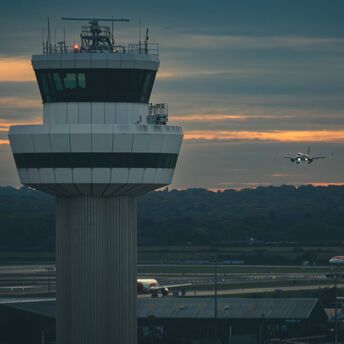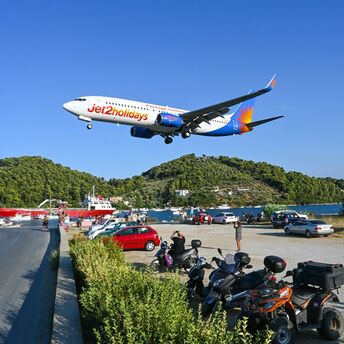Venice’s Ongoing Struggle to Balance Tourism and Preservation

Venice aims to extend the period during which it will levy an access fee on travelers following a successful test run. During the designated period, from April 18 to July 27, visitors will be required to purchase tickets online and present a QR code at train stations and other entry points. The ticket price will depend on the booking date: it will cost 5 euros for early bookings and 10 euros for those made closer to the visit. Exceptions are provided for hotel guests, students, local residents, and those visiting family members.
Although significant revenue was collected during the trial period, the program's launch expenses exceeded the income. The opposition criticizes the initiative, claiming it has failed to solve the problem of uneven tourist distribution and risks turning the city into a "museum." The municipal officials are also managing the effects of excessive tourism and ecological issues: massive vessels have already been prohibited from the old town because of harm to structures and nature.
UNESCO experts cautioned that Venice might be included in the register of endangered world heritage locations because of the impact of travel and global warming. Nevertheless, the municipality averted this classification by introducing a flood prevention system and fresh visitor limitations. At the same time, regional groups indicate that the quantity of lodging for travelers now surpasses the housing available to citizens, intensifying the departure of locals from the ancient district.
New regulations forbidding the use of sound systems and capping tour group sizes at 25 people have now been implemented in the city to lessen the effects of tourism overcrowding. These initiatives build upon earlier measures, such as a €5 daily entrance fee. Despite this, Venice remains one of Europe’s top travel destinations, attracting over 13 million visitors in 2019.
Venice persists in struggling with the intricate task of harmonizing visitor regulation with the protection of its cultural legacy and the well-being of its inhabitants. While recent actions seek to lessen the impact of overcrowding, doubts persist regarding their efficiency and enduring viability. As the city confronts ecological challenges and the expectations of countless tourists, discovering strategies that secure both its character and longevity remains crucial.



















